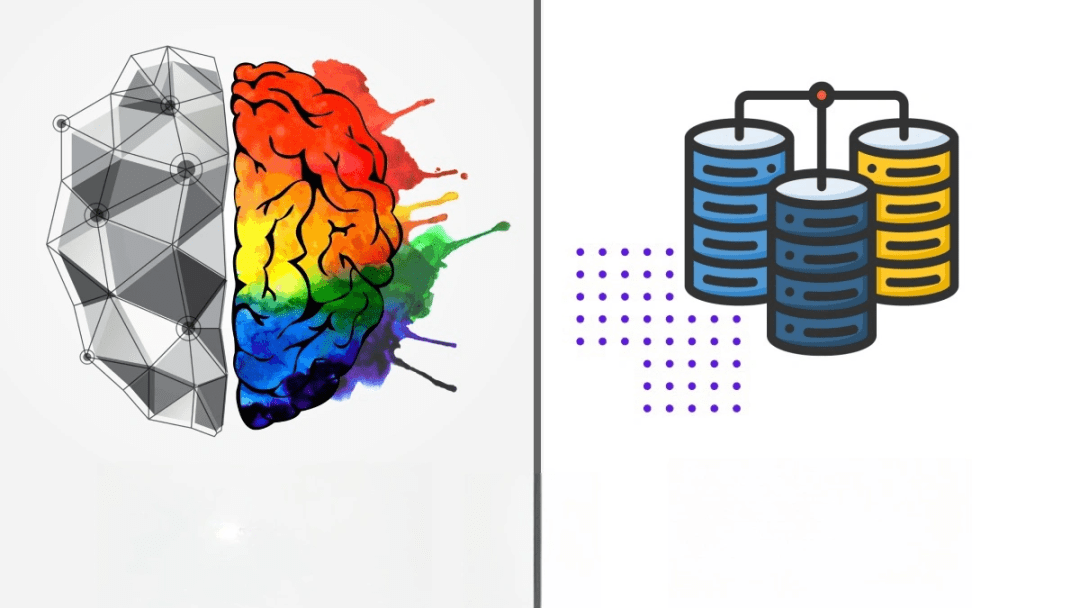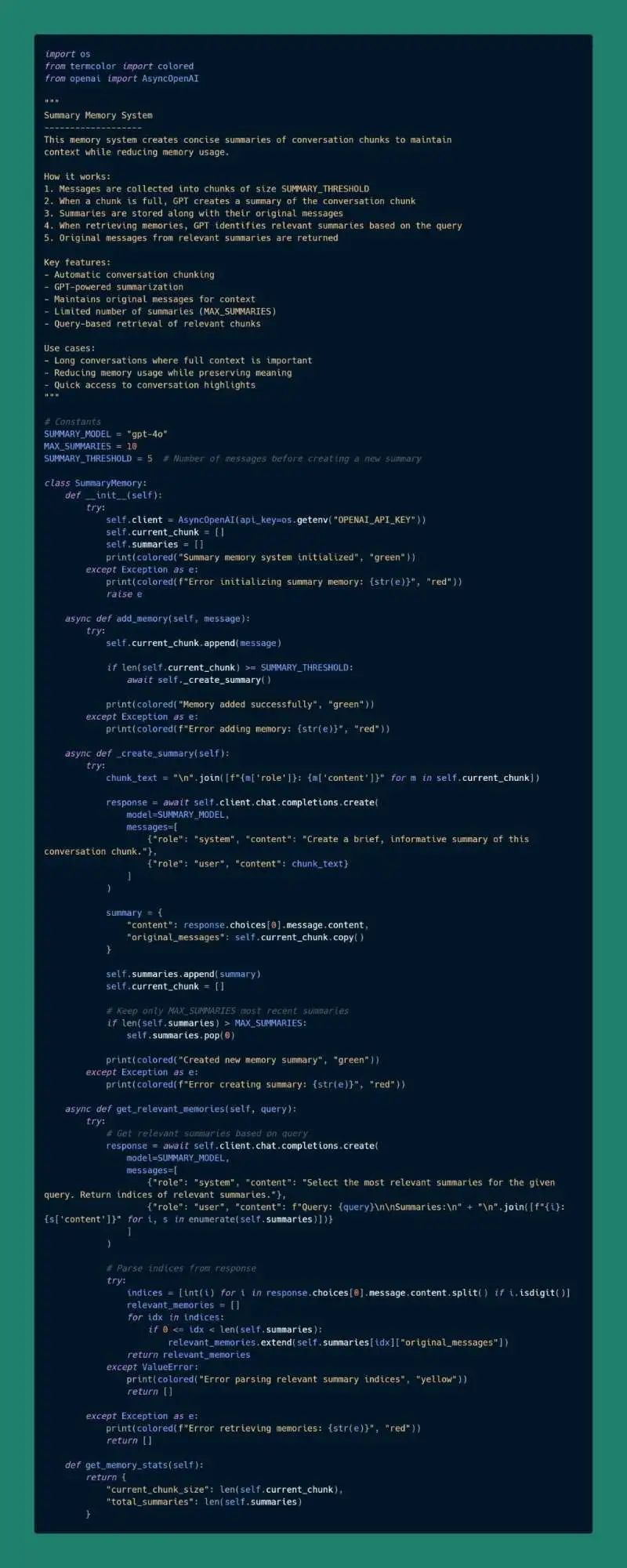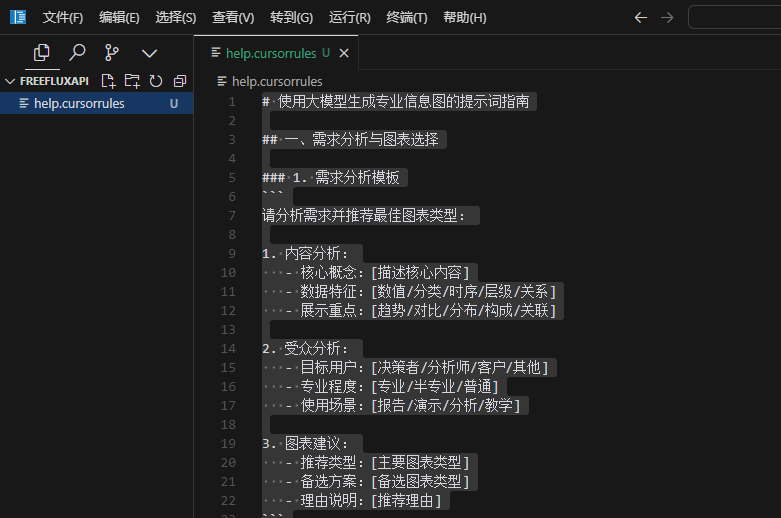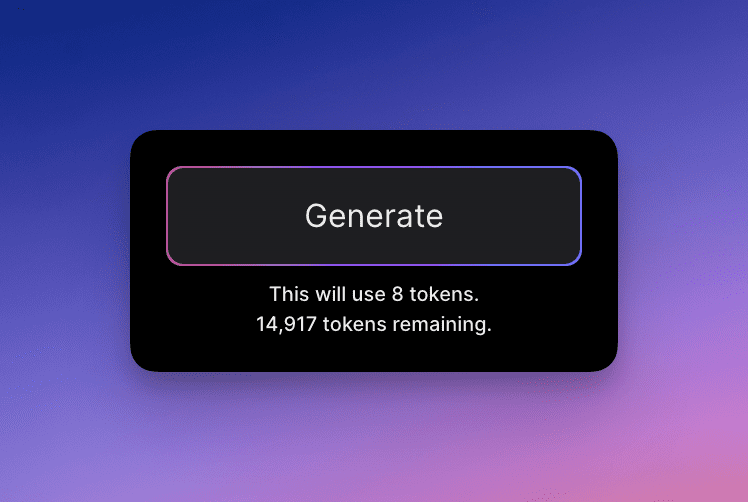Five ways to realize the LLM memory system
When building Large Language Modeling (LLM) applications, memory system is one of the key technologies to enhance conversation context management, long-term information storage, and semantic understanding. An efficient memory system can help the model maintain consistency over long conversations, extract key information, and even have the ability to retrieve historical conversations, leading to a smarter and more humanized interaction experience. The following are five ways to realize the LLM memory system!
- Vector Memory This memory system uses OpenAI's embedding technology to transform messages into vector representations and enables semantic search through the history of a conversation.
- Summary Memory This memory system reduces memory usage while maintaining contextual integrity by creating concise summaries of dialog segments.
- Time Window Memory This memory system combines recent news and important long-term memories using a dual storage method based on time and importance.
- Keyword Memory This memory system uses natural language processing techniques to index and retrieve memories based on keyword matching without calling an API.
- Hierarchical Memory This is the most complex memory system, using a three-layer structure that combines immediate context, short-term summaries, and long-term embedded memory.


© Copyright notes
Article copyright AI Sharing Circle All, please do not reproduce without permission.
Related posts

No comments...




